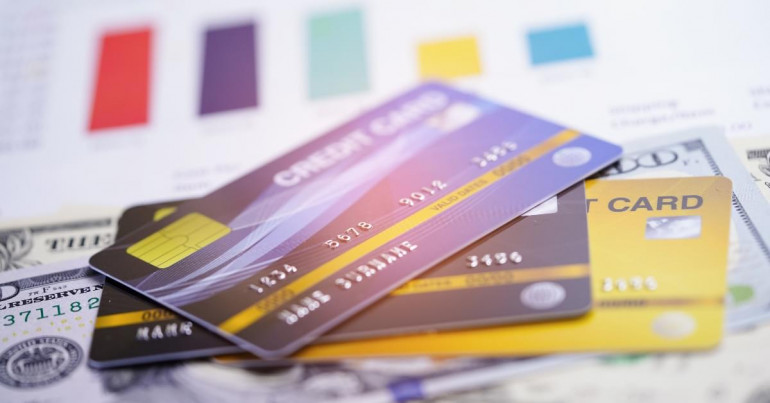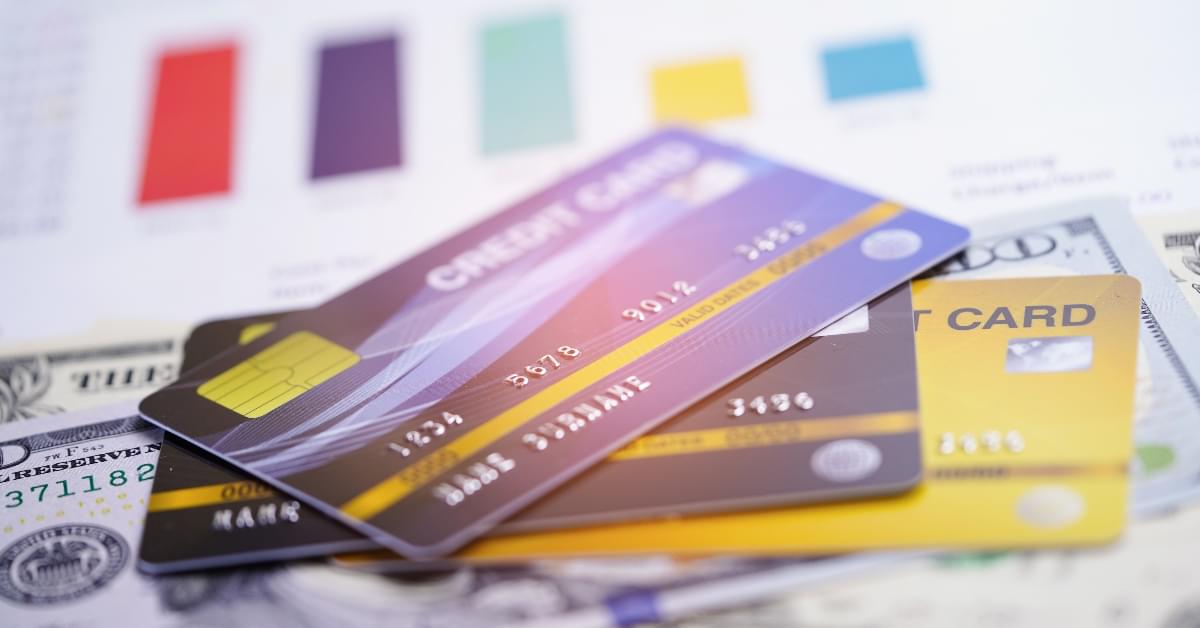
There are several options which you can decide to choose when opening a US bank account from abroad. Most US banks only allow residents to open an account. However, if you’re a non-resident, you still have options to open an account.
There are several viable options to open a US bank account as a non-resident. In this article, we will cover the essentials for what you need to know when opening a bank account in the US. This includes the documents you’ll need as a non-resident, how to choose a bank which works for you and how much a US bank account may cost you.

What you need to know as a US non-resident
Opening a US bank account overseas can be challenging. Most US banks require you to visit a branch at least once in order to open an account. Unless you’re planning to travel to the US for work or a holiday this might not be possible. As a non-resident, there are greater security checks from banks when opening a bank account. It is possible to start the application online, but ultimately most banks will want to complete the application process in person.
Many US banks also ask for proof of address and a Social Security number to set up an account. Given that you won’t have these as a non-resident, you’ll need to consider alternatives.
Certain residents and nonresident aliens who aren’t able to obtain Social Security numbers may need to file Form W-7 with the IRS to get an Individual Taxpayer Identification Number (ITIN). Without having a Social Security number, an individual taxpayer identification number should enable you to open a bank account. Nonresident aliens are required to pay income tax only on income that is earned in the US or earned from a US source. They do not have to pay tax on foreign-earned income.
1. Gather the documents required to open a bank account in the US
The documentation you’ll need to support your application for a bank account can vary. It depends on the bank, as well as the US state. But generally, it’s a good idea to make sure you have the following:
- Full US address (if applicable), contact info and other personal details
- Driver’s licence or passport
- Immigration documents (i.e. a valid visa or Green Card)
- An opening deposit payment
Additionally, it will be essential to either have a Social Security Number (SSN) or International Taxpayer Identification Number (ITIN) depending on the bank.
2. Identify the type of US bank account you need to open
Personal account
A personal account is for reaching your personal financial goals. This account can be beneficial for saving towards a big purchase such as a property or car. Both checking and savings accounts fall into this category.
The checking account is the most common bank account, and likely is the first one you’ll want to set up. This should be the account for your main income and expenditure. You can deposit money with a savings account that you don’t plan on spending right away. The money in this account gains interest over time, though you will have to pay interest on taxable income.
Corporate account
Corporate accounts are usually accessible only for businesses. With it, you can keep your transactions confidential and your business information private.
The additional privacy adds a layer of protection to your business finances, making things more secure. It also allows you to give someone else the power to complete transactions on your behalf.
International bank account
An advantage of living in a global economy is the option of utilising international services. It’s now relatively straightforward to set up an international bank account. International bank accounts are available from banks with global branches. This can be a useful option for foreigners who do not have a US residency.
HSBC, Charles Schwab and Citibank are among the leading banks with a global presence in the United States and internationally. Despite their benefits, having an international account comes with hefty initial deposits. For example, you would need to make a large initial deposit which can be in excess of $80,000 for some banks. Additionally, there are ongoing monthly fees to maintain the account as well as needing to keep a high minimum balance.
3. Choose the right bank in the US for you
With opening a US bank account, you have plenty of options to choose from. The main financial institutions in the US are commercial banks, credit unions and savings and loan associations.
The huge array of banks to choose from in the US includes globally recognised brands and smaller local operations. If you are already signed up with an international bank which is based in America, it could make transferring your account to the US easier.
If you would like to open an account with a US based bank, then a few good options to choose from are the ‘Big Four’ American banks:
JP Morgan Chase
The biggest bank in the United States is Chase bank which offers a range of accounts for everyday banking. Its everyday current accounts include Chase Total Checking, which charges no fees if you deposit more than $500 a month.
Bank of America
Bank of America offers one main product for consumer banking, Bank of America Advantage banking. It’s possible to choose one of three accounts under the Advantage umbrella. The three bank accounts cover everyday banking to business checking accounts.
Citibank
To open a Citibank’s Basic Bank Account you wouldn’t need an opening deposit. Additionally you won’t be charged monthly service fees if you meet specific criteria for using and spending within the account.
Wells Fargo
Wells Fargo has a number of checking accounts, in addition to accounts which are tailored to small businesses or nonprofit organisations. The product fees and charges for accounts vary between US states so it’s worth checking this before starting a new application.

Should you open a US account from abroad?
Opening a US account overseas comes with various benefits and drawbacks. Some of the advantages include a secure payment service and access to bank branches in a multitude of locations. As a result, for larger international banks such as HSBC, you wouldn’t need to close and reopen your account if you move to another country.
Some of the disadvantages are the banking fees which you would be eligible for. Failure to meet criteria such as maintaining a minimum balance within your account would result in fees. Other fees are also applicable for early closure of accounts and international money transfers. The fees tend to be expensive when you use your bank to send money overseas and the client exchange rates are unfavourable.
Why use CurrencyTransfer for your international money transfers?
Although there are a huge array of banks within the US and internationally, transferring money using a bank wouldn’t be cost effective. It can also be difficult to receive a personal service or have the option of making advance payments.
Alternatively, using a Foreign Exchange company can provide the option for you to transfer money in a convenient and flexible way. You can use FX tools such as a forward contract to make international payments in advance. Rather than being susceptible to market movements, this allows you to fix a rate at the current level for a transfer that happens over the next 12 months. Market orders also enable you to choose a trigger exchange rate you want to make a payment. Once your desired exchange rate has been hit, your payment will be executed. This eliminates the need to continuously monitor the currency markets.
Whether you intend to send money from a personal or business account, at CurrencyTransfer we provide a professional and transparent service. Our dedicated relationship managers offer world class support throughout the money transfer process. Please feel free to contact us today if you have any questions or queries.
Omari Coates
Copywriter
Florence Couëdel
Editor



